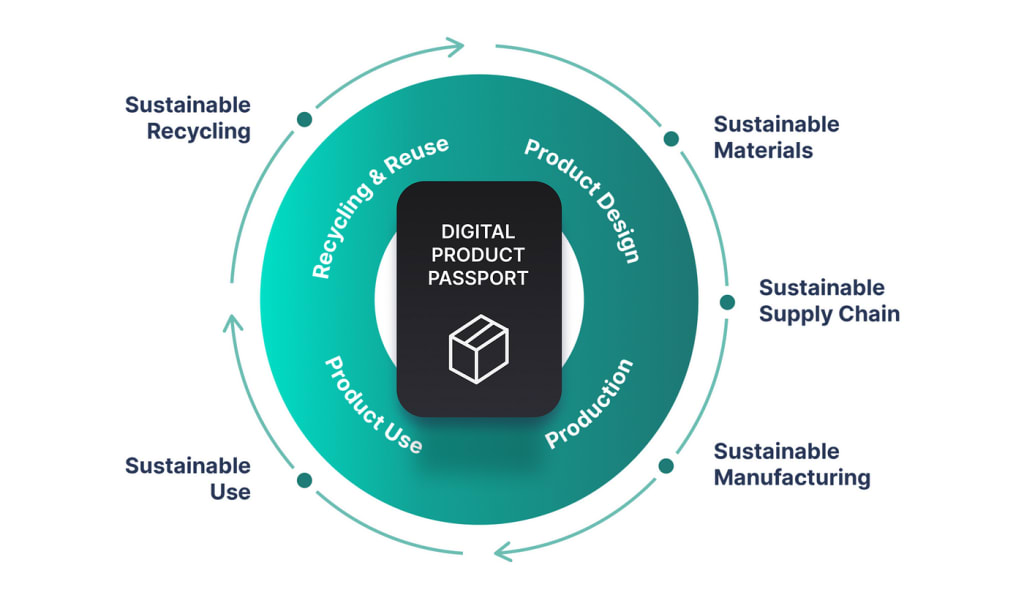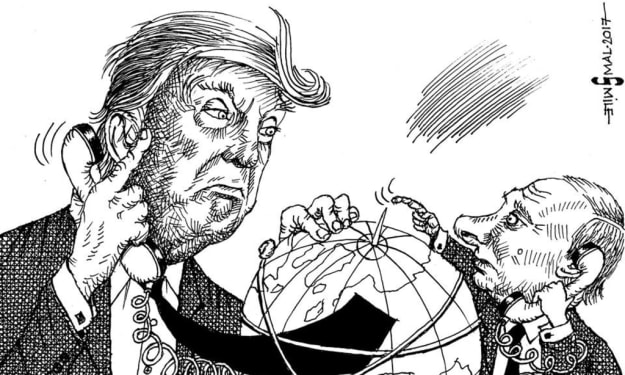Digital Product Passport And Circular Economy: The Role of Eco-Organizations
DPP circular economy

How can the digital product passport contribute to developing the circular economy by relying on the 3Rs, Extended ProduTcer Responsibility (EPR) and eco-organizations?
To develop the circular economy and the implementation of the 3Rs (Reduction, Reuse and Recycling), France has integrated the concept of "extended producer responsibility" (EPR), proposed by the OECD, which designates approaches and systems that restore the responsibility of the producer of manufactured products with regard to the management of final or intermediate waste generated by the products that it has manufactured or placed on the market.
The principle of the circular economy
The fashion circular economy is an economic and environmental model that differs from the traditional linear economy. While the linear economy follows a "produce, use, throw away" pattern, the circular economy seeks to minimize waste and maximize the use of resources.
Here are the main elements that characterize the circular economy:
Resource and Waste Reduction: The circular economy aims to reduce the consumption of new resources and the generation of waste as much as possible. This involves rethinking the design of products to make them more durable, easily repairable, and recyclable.
Reuse and Repair: Instead of throwing away products at the end of their life, the circular economy encourages their reuse or repair. This may involve refurbishing used products or repurposing them for new uses.
Recycling and Recovery: When reuse is not possible, recycling materials allows them to be transformed into new products, thereby reducing the need for virgin raw materials. Recovery, including the conversion of waste to energy, is also an important component.
Eco-Design: The circular economy requires thinking about product design from the beginning of the process. This means designing products with their end-of-life in mind, making them easy to disassemble, recycle or compost.
Innovative Business Models: The circular economy also encourages new business models, such as the functional economy, where consumers pay for the use of a product rather than its ownership. This can include rental, sharing, or service models.
Sustainability and Environmental Responsibility: At the heart of the circular economy is a commitment to sustainability. This model seeks not only to reduce waste and pollution, but also to preserve ecosystems and promote responsible resource management.
Collaboration and Holistic System: The circular economy requires collaboration between different actors: businesses, consumers, governments and non-governmental organizations. It requires a systemic approach, where actions in one part of the cycle have repercussions on others.
The "3R" rule: Reduce, Reuse, Recycle
The 3Rs of the circular economy are fundamental principles that aim to promote more sustainable and responsible management of resources.
These 3Rs represent:
Reduce: This principle involves minimizing the amount of resources used in the production of goods and services. This includes using less resource-intensive materials, designing more energy-efficient products, and reducing consumption in general. By reducing resource consumption, we reduce environmental impact and save costs.
Reuse: Reuse means extending the life of a product by using it repeatedly, either for the same purpose or for a different purpose. This may involve repairing, refurbishing, or repurposing products to avoid creating waste. Reuse not only helps reduce waste, but also promotes more responsible consumption by maximizing the use of existing products.
Recycle: Recycling involves transforming waste into new materials or products. When a product reaches the end of its useful life, its materials can be recovered and reused to create new products, reducing reliance on virgin resources and minimizing waste. Recycling often requires sorting and treatment processes to recover recyclable materials.
Together, these three principles contribute to creating a more circular economic model, where resources are used more efficiently and sustainably, reducing environmental and economic impact. They also encourage innovation in product design and business models, promoting sustainability and environmental responsibility.
Extended Producer Responsibility (EPR)
Extended Producer Responsibility ( EPR) is an environmental principle that extends the responsibility of manufacturers and importers of products beyond production and sale, also encompassing the end-of-life management of their products. This principle is a key element of the circular economy and aims to encourage companies to design more environmentally friendly products and to responsibly manage the waste generated by their products. Here are the main aspects of EPR:
Objectives of the REP
Waste Prevention: Encourage producers to design products that are less polluting and easier to recycle.
Recycling and Recovery: Increase the recycling and recovery of waste from these products.
Environmental Impact Reduction: Reduce the overall environmental impact of products, from creation to disposal.
How REP works
Producer Involvement: Manufacturers are responsible for the collection, treatment and recycling of waste from their products.
Financial Contribution: Companies can pay an eco-contribution to an eco-organization which will take care of waste management, or directly manage the end of life of their products.
Information and Awareness: Producers must also inform and raise awareness among consumers about sorting and reducing waste.
Impact on Businesses
Innovation in Product Design: Encourage eco-design, i.e. the design of sustainable, repairable and recyclable products.
Life Cycle Management: Companies must consider the complete life cycle of the product, integrating end of life from the design phase.
Examples of Affected Products
- Electronic and electrical equipment.
- Packaging.
- Vehicles.
- Tires.
- Textiles.
- Chemical products.
- Benefits of REP
Environmental Protection: Reduction of pollution and waste, preservation of natural resources.
Innovation and Competitiveness: Stimulates innovation and can provide a competitive advantage to companies that adopt sustainable practices.
Stakeholder Empowerment: Involves producers in solving environmental problems related to waste.
How the Digital Product Passport can help develop the circular economy by relying on the 3Rs and eco-organizations
The " digital product passport " appears as an innovative tool in this dynamic. It represents a real digital identity for products and brings together essential information such as composition, origin, repair or recycling instructions. This passport can revolutionize the circular economy in several ways:
Transparency and Traceability: By providing detailed data on materials and components, the digital passport facilitates sorting and recycling, thus enabling better application of the Recycle principle.
Facilitating Repair and Reuse: Thanks to the information contained in the passport, users and professionals can easily repair or reuse products, thus reinforcing the principle of Reuse.
Product Design Optimization: Manufacturers can use the collected data to improve the design of their products, making them more durable and easily recyclable, contributing to the Reduce principle.
Synergy with Eco-Organizations: Digital passports of objects can help eco-organizations to more precisely identify materials to be recycled and to optimize their waste management processes.
Consumer Engagement: By having access to information on the origin and composition of products, consumers can make more informed and responsible choices, promoting a circular economy.
By integrating the digital product passport into the product lifecycle, companies and eco-organizations can work more coherently and efficiently towards a circular economic model. This technology therefore represents a further step towards a sustainable future where each product is designed, used and recycled taking into account its environmental impact and long-term value.
About the Creator
Transgenie
Our Delivery Management Software is the ultimate solution for businesses looking to optimize their delivery operations.
https://www.transgenie.io






Comments
There are no comments for this story
Be the first to respond and start the conversation.